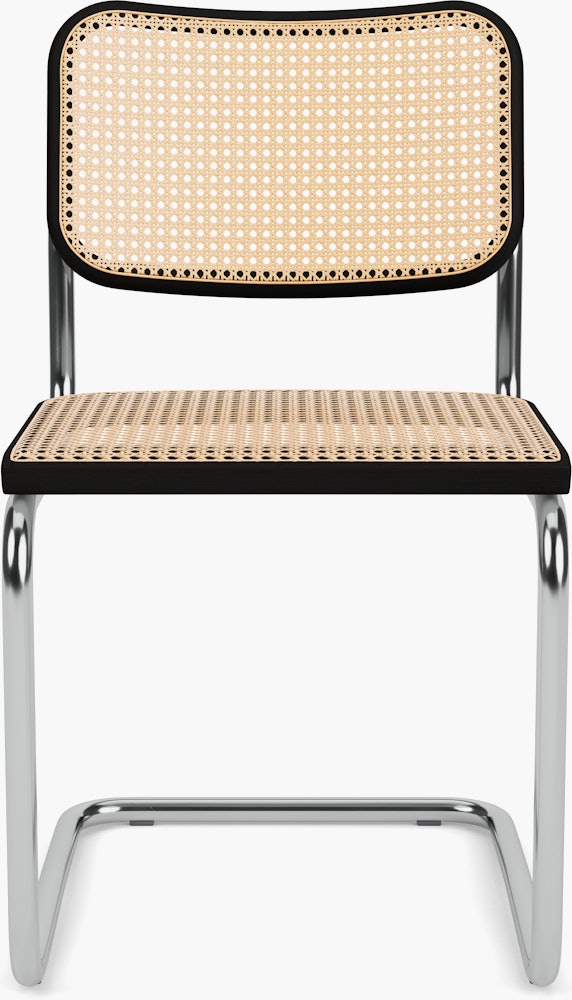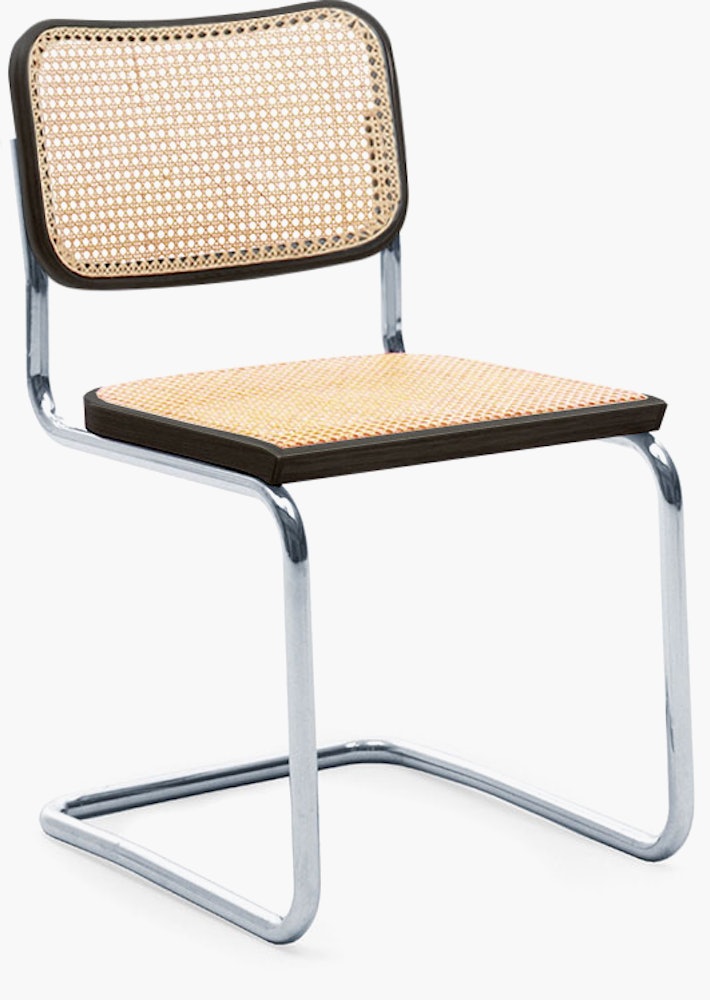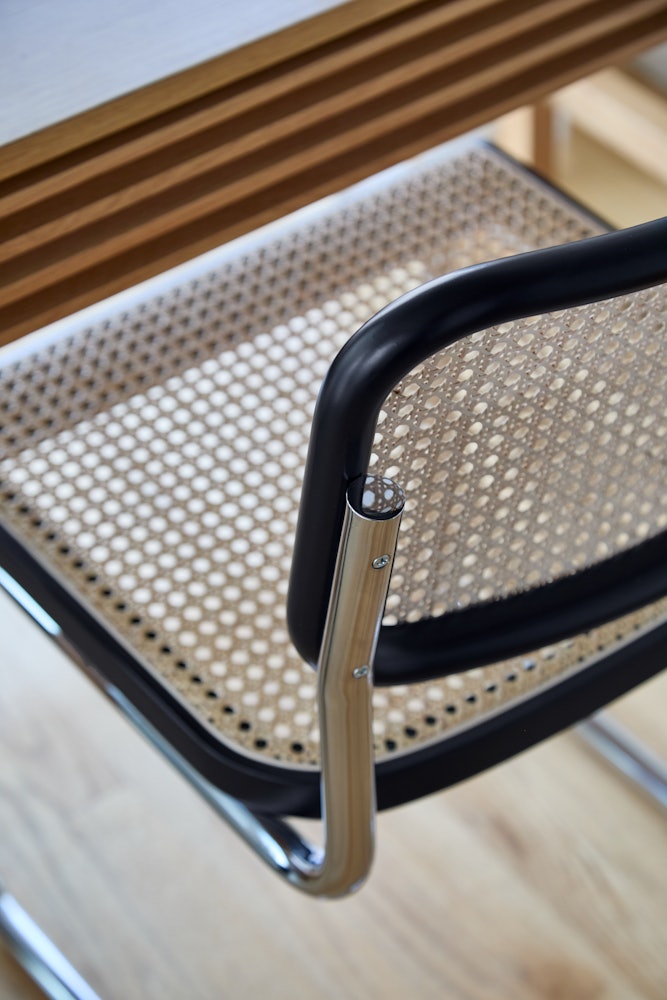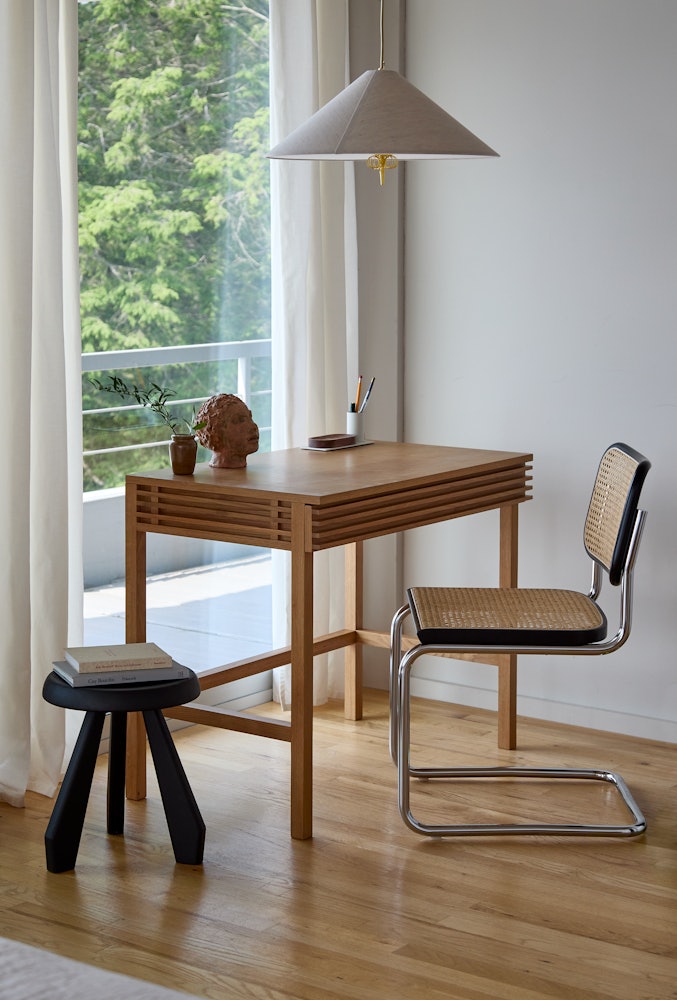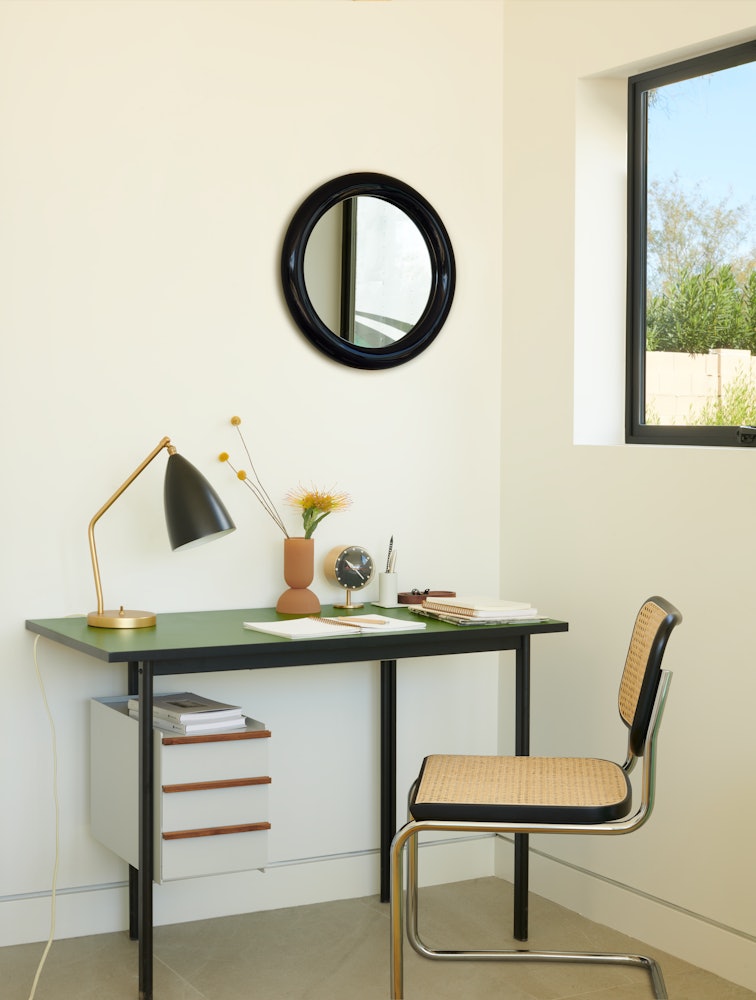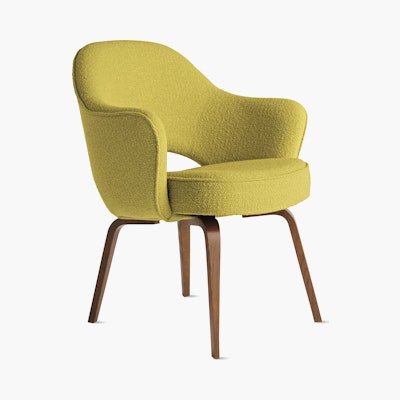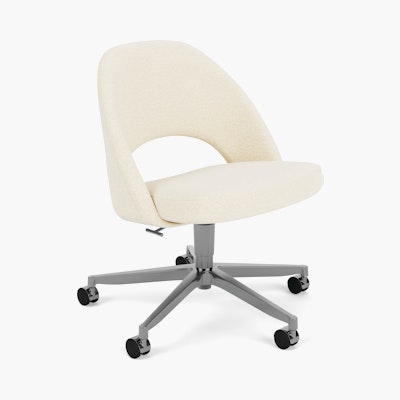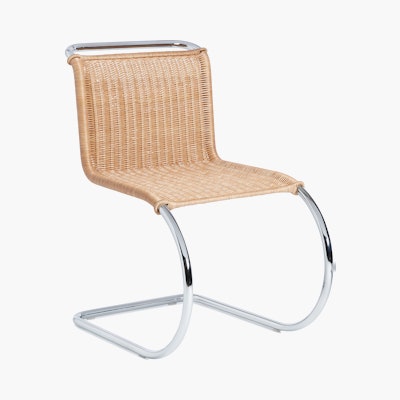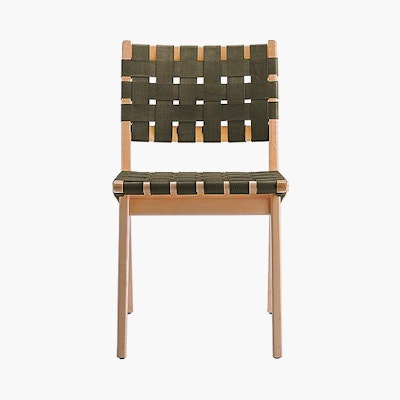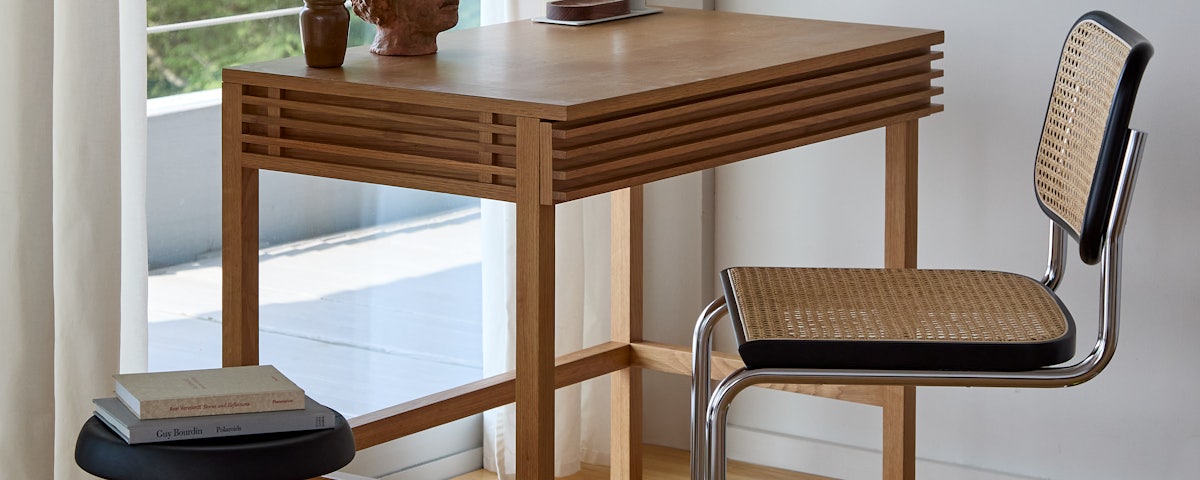Cesca Chair
Cesca Chair
Shipping + Delivery
Easy Returns
Not satisfied? Return items within 30 days. Learn More
Design Concierge
Need help designing your space? Learn more about our complimentary interior design services
Authenticity Guaranteed
This is an original, authenticated product.
Warranty
5-year warranty
Terms and conditions apply. Learn more
You may also like
Details
Three years after designing his iconic Wassily Chair, which is believed to be the first bent tubular steel chair design, Marcel Breuer created the Cesca Chair (1928). Named after his daughter Francesca, the simple design combines the Industrial Age aesthetic of tubular steel with upholstery or caning and wood. Stamped with the KnollStudio logo and Breuer’s signature, Cesca is manufactured by Knoll® according to the original and exacting specifications of the designer.
- An original 1928 Cesca Chair is included in MoMA’s permanent collection.
- Tubular steel frame inspired by that of a bicycle.
- A comfortable cantilever design.
- Polished chrome or ultra-matte powder-coated finish.
- Brand
- Knoll®
- Collection
- Cesca Seating Collection
- General Dimensions
-
- 31½" H 18½" W 23½" D
- Product Weight
- 14 lbs
- Assembly
- Comes fully assembled
- Warranty
-
5-year warranty
Terms and conditions apply. Learn more
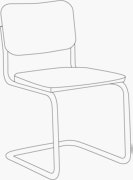
Side Chair
- Height (in): 31½
- Width (in): 18½
- Depth (in): 23½
- Weight (lbs): 14
- Seat Height (in): 17¾
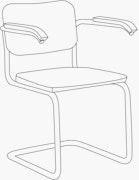
Armchair
- Height (in): 31½
- Width (in): 23½
- Depth (in): 23½
- Weight (lbs): 16
- Seat Height (in): 17¾
- Arm Height (in): 27
- Tubular steel frame with chrome-plated or ultra-matte powder-coated finish
- Hardwood beech with cane inserts or molded plywood with foam cushion and Spinneybeck® Volo leather
- Plastic floor glides
- Notification of Filling Contents

Marcel Breuer
Sparked by bicycle handlebars, Marcel Breuer’s tubular steel chairs were a daring departure from traditional wood furniture and major icons of the International Style in early 20th Century. “Mass production,” Breuer said, “made me interested in polished metal, in shiny and impeccable lines in space, as new components of our interiors.”
More on Marcel Breuer




